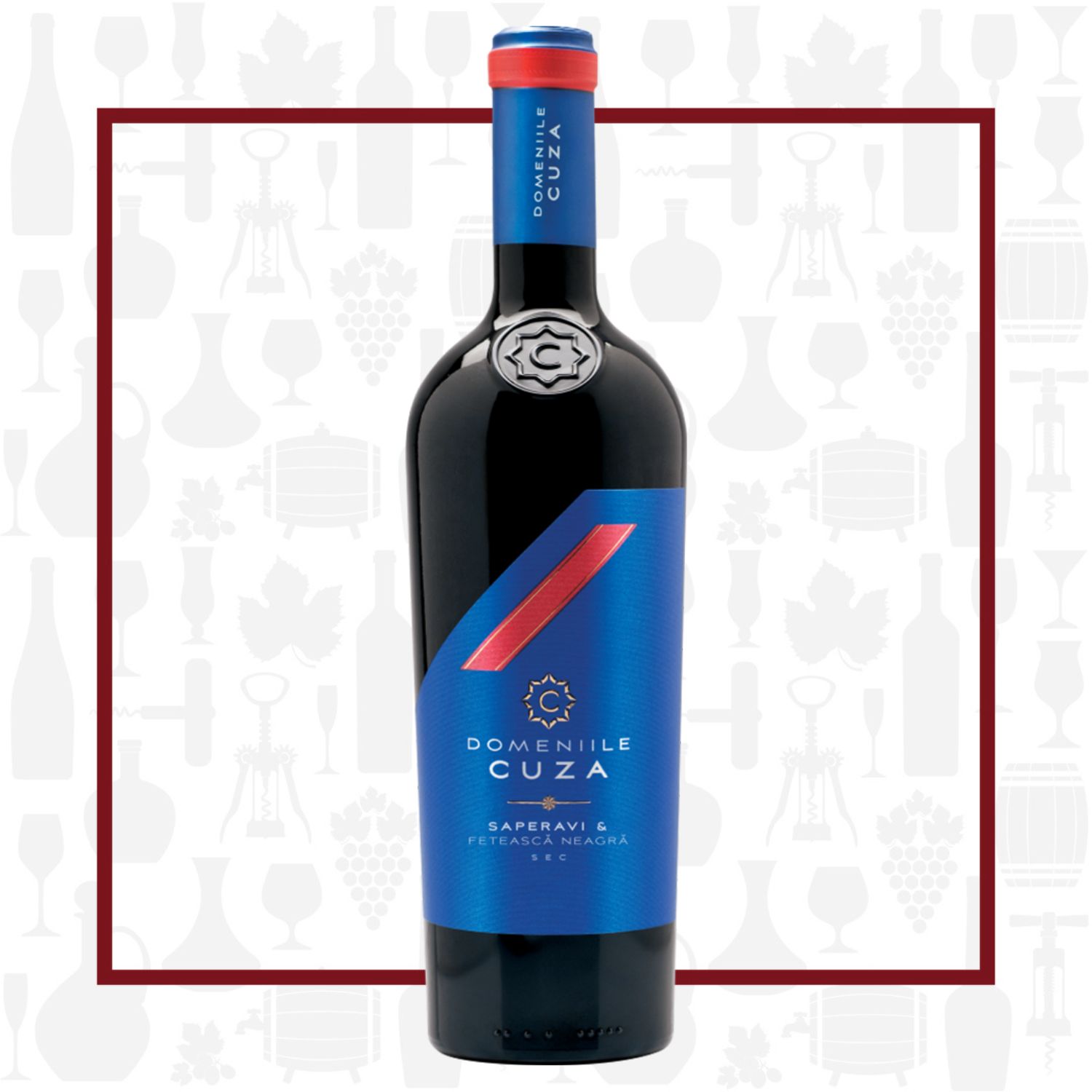Cellar Profile
Domeniile Cuza’s winemaking tradition dates to 1864. Located in the village of Alexandra Ioan Cuza, close to the Romanian border in the premium wine region of Valul lui Traian, it sits at a latitude of 45° – the same as Bordeaux. The winery’s vineyards are heavily influenced by the Black Sea and, closer by, Cahul and Jalpug Lakes. Wines are made with estate-only fruit, blending century’s old traditions and clean, modern viniculture. They have both varietal and regional typicity, with plenty of upfront front and subtle savoury complexity.
Region
Located in the south-western part of Moldova, on the Romanian border, Valul lui Traian has a classically continental climate, with significant influence from both the Mediterranean and Black Seas. The landscape is characterized by rocky outcrops, deep valleys and sloping hillside vineyards of varying degrees. With an average of 315 sunny days per year, grapes easily develop full phenolic and sugar ripeness. Black grapes predominate here, notably Cabernet Sauvignon, Merlot, Saperavi and Feteascǎ Neagrǎ. White grapes of note include Sauvignon Blanc, Chardonnay and Muscat Otonel. Red wines here are intensely-coloured with fruity aromas and firm, well-structured palates. The whites are fresh and lively, with fruit-forward profiles and soft acids.
Vineyard
Sourced from vines planted between 15 and 45 years ago, with a southeastern exposure on gently rolling hillsides. Soil here is clay-based, providing plenty of primary fruit and drinkability.
Winemaking
Estate grapes are harvested by hand in the cool, early morning hours. They are sorted twice by hand at the winery, then crushed and fermented in a combination of stainless steel and concrete tanks. Aged for two years in older barrels and concrete prior to a light filtration and estate bottling.
Varieties
Saperavi traces its roots back thousands of years to Georgia, where it is still the dominant variety to this day and is one of the oldest grapes still used in modern winemaking. It is a teinturier, meaning the pulp and juice are pink and high in anthocyanins. Generally, the juice from red/black grapes is clear, with the colour in your glass coming from skin contact during the winemaking process. Saperavi is a high acid variety, but its thin skins and large berries do not impart astringency or high tannins. Feteascǎ Neagră’s Moldovan history dates back more than 2,000 years in the south-west part of the country. It is the country’s 3rd most planted indigenous grape with more than 240 hectares under vine. In the glass, it is characterized by aromas of dark cherry, plum, raisins and spice. Usually blended with other grapes, it adds colour, weight and structure.
Tasting Notes
Deep, dark ruby red in colour, the wine reveals intense aromatics of dark berries, red plums, cherries and subtle sweet spice. The palate is mid-weight with firm, dusty tannins and a sneaky streak of zesty acids. Serve alongside grilled and roasted red meats, stews, hard cheeses and cured meats.

